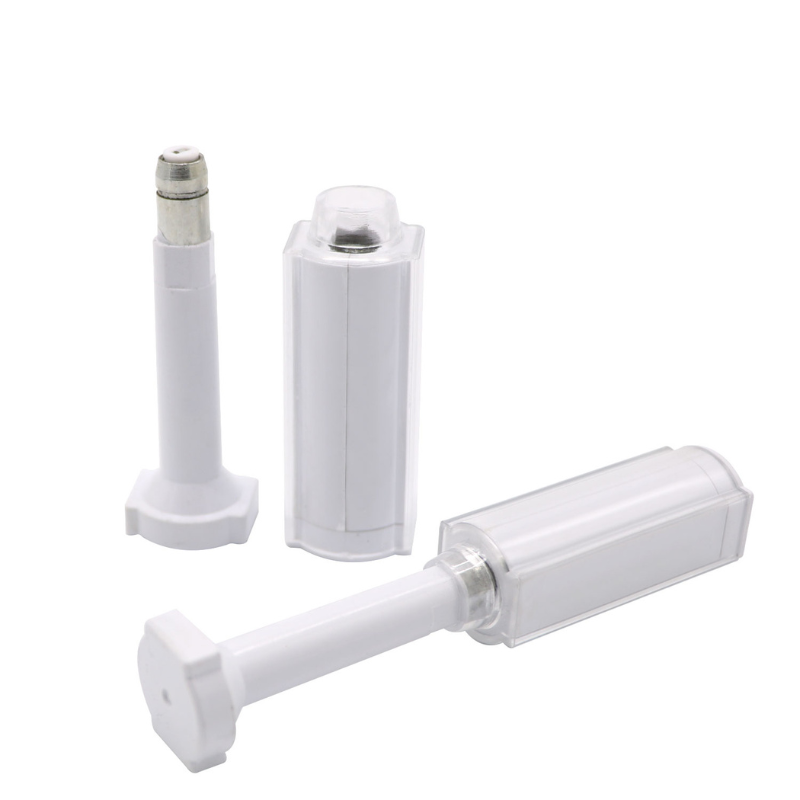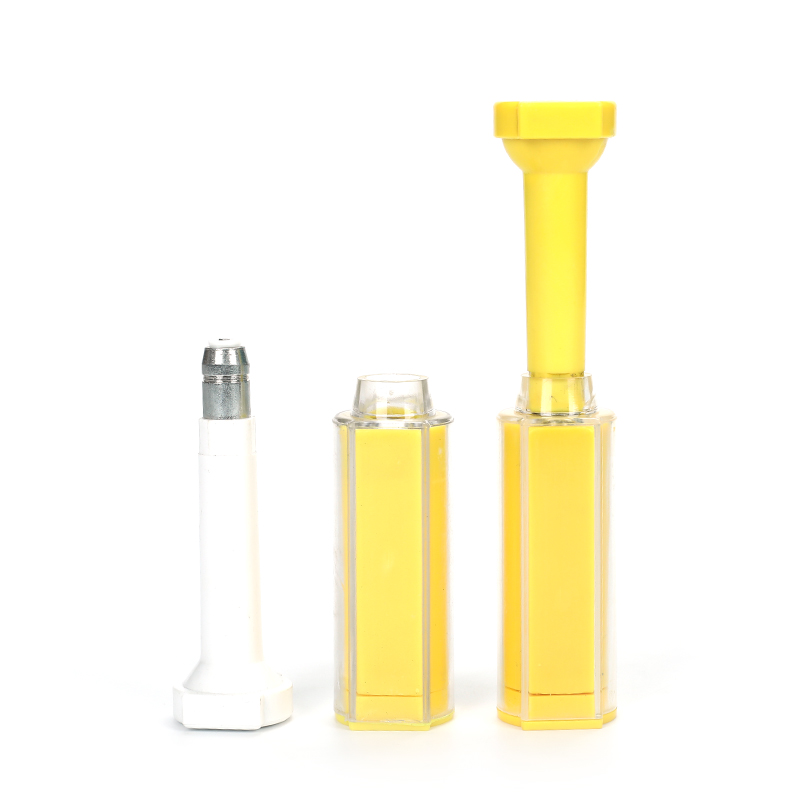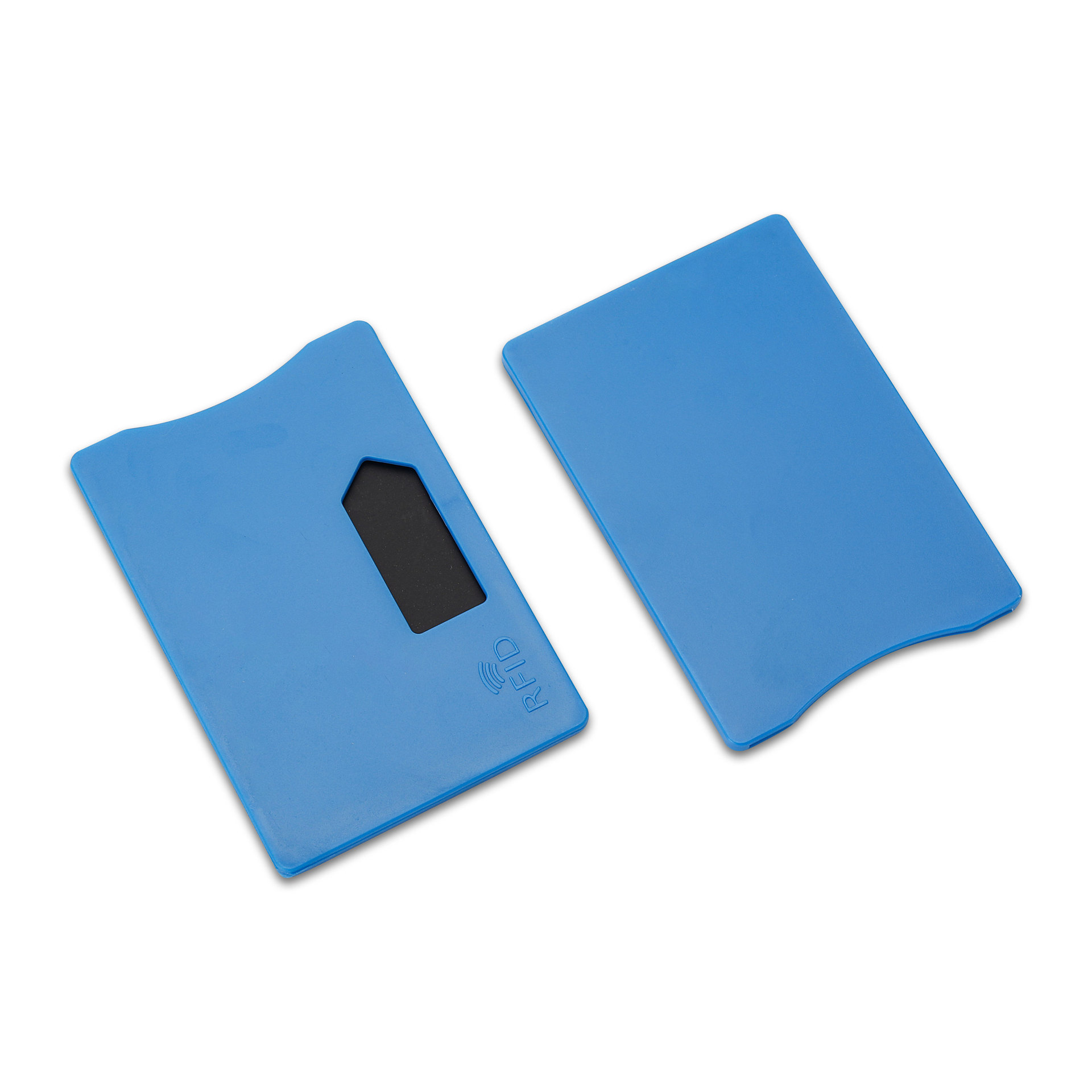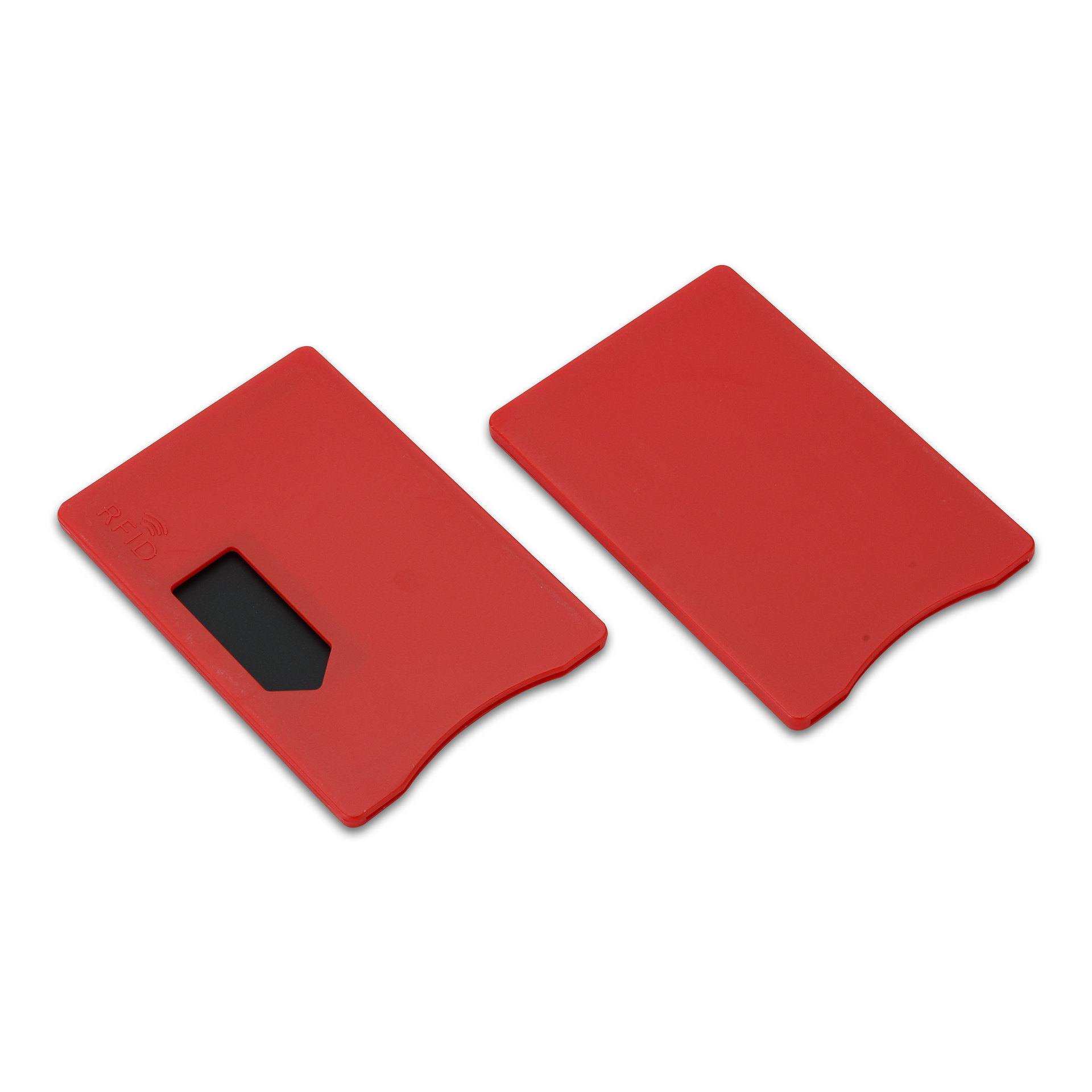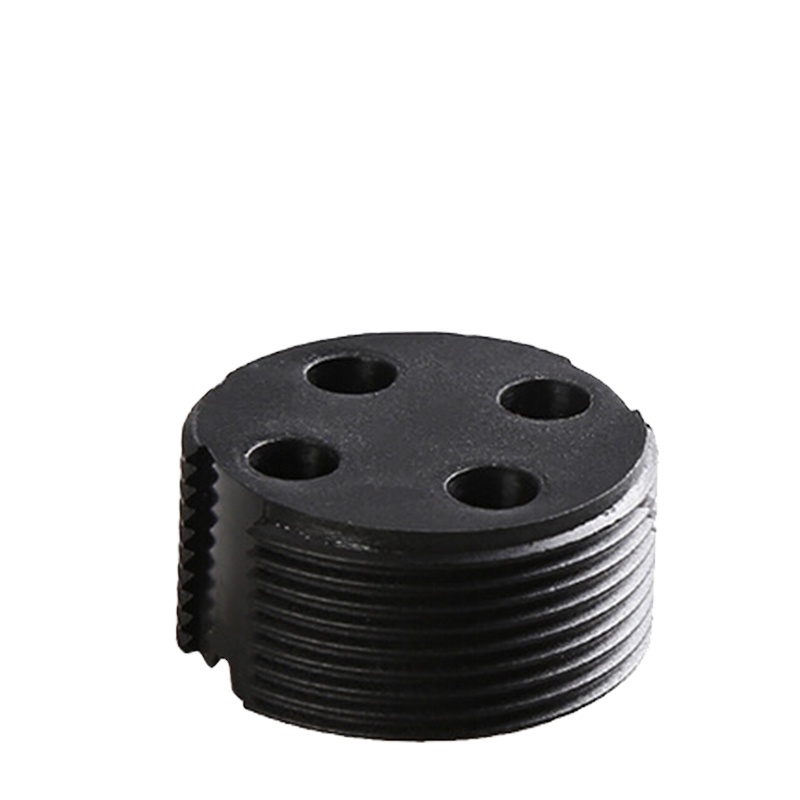
UHF RFID Textile Tags: A Technological Breakthrough in Laundry and Hospitality
Table of Contents
Summary
Developed through a collaboration between UBI Solutions and Fenotag, this tag offers a significant advancement in RFID performance and application. The UbiTEX 1358 textile tag, measuring just 13 mm by 58 mm with a thickness of 0.5 mm, is unobtrusive and can be deployed in areas where traditional RFID tags would not fit. Despite its small size, the tag offers an impressive read range of up to 5 meters, making it a versatile solution for managing linens and uniforms.
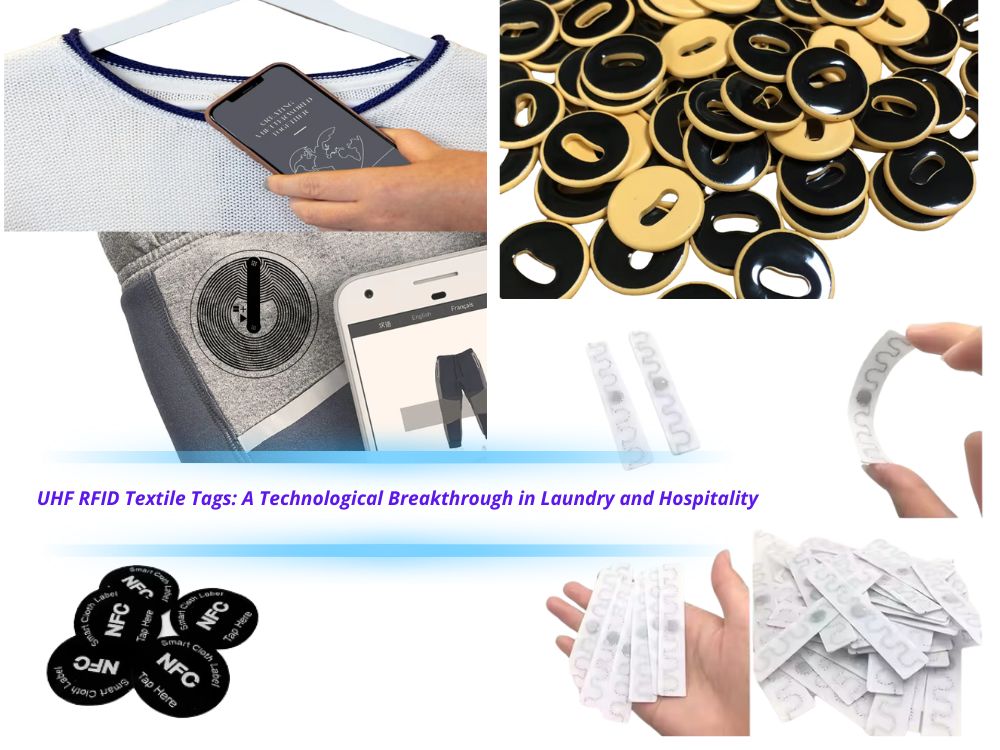
Miniaturized RFID Tag Design and Performance
The UbiTEX 1358 tag addresses several challenges faced by the hospitality and healthcare sectors, where smaller tags are often required for items such as garments, pillowcases, and napkins. Traditional textile-based UHF RFID textile tags tend to be larger and are usually folded during the laundering process, hindering their readability. The UbiTEX 1358 tag overcomes these limitations with a compact design that minimizes the risk of being folded or damaged, ensuring reliable performance in demanding environments.
Key Features of the UbiTEX 1358 Textile Tag
Feature | Description |
Dimensions | 13 mm x 58 mm; thickness of 0.5 mm |
Chip | Impinj Monza R6-P |
Read Range | Up to 5 meters (16.4 feet) |
Durability | They are designed to withstand the rigors of the laundry environment, including heat-sealing processes and exposure to liquids. |
AutoTune Technology | Ensures optimal performance in challenging environments, such as wet towels or dense textile stacks. |
Enduro Pads | Metal pads enhance durability by providing a reliable connection between the chip and the antenna, reducing the risk of breakage or cracking. |
Technological Advancements in UHF RFID Textile Tags
The success of the UbiTEX 1358 tag lies in its advanced technological features, particularly the Impinj Monza R6-P chip. This chip’s AutoTune functionality ensures that the tag can be read effectively, even in the presence of liquids, such as wet towels or soiled laundry. AutoTune automatically recalibrates the chip to compensate for any detuning effects caused by moisture, ensuring reliable performance across a variety of conditions. Additionally, the R6-P chip features Enduro pads, which provide a more uniform and durable connection between the chip and the antenna, making the tag more resistant to physical stress during the laundry process.
Addressing Industry-Specific Challenges
One of the significant challenges in the laundry environment is the high density of linens that need to be processed at the same time. In a typical laundry setting, hundreds or even thousands of linens are often stacked or thrown into carts, creating a situation where UHF RFID textile tags can become detuned, leading to reduced read rates. However, with the UbiTEX 1358 tag, UBI Solutions and Fenotag have achieved a near-perfect read rate of 99-100 percent, even in high-density environments. This level of reliability is crucial for ensuring that every item is accurately tracked and accounted for, reducing the risk of lost or misplaced linens.
Integrating RFID into Laundry Operations
The UbiTEX 1358 UHF RFID textile tag is designed for easy integration into existing laundry operations. It can be sewn onto the edge of an item or attached using heat-sealing processes, providing flexibility in its deployment. In practice, the tags are attached to linens and uniforms along the hem, where they are less likely to be noticed or damaged. Once tagged, these items can be automatically read by fixed RFID readers installed in laundry chutes, receiving areas, or portals. Handheld RFID readers can also be used by employees for manual scanning, further enhancing operational efficiency.
Applications and Beta Testing in Hospitality and Healthcare
Several companies in the hospitality and healthcare sectors are currently beta-testing the UbiTEX 1358 tag, with promising results. The tags are being attached to linens and towels, where they are put through standard use cases, including being used by patients, guests, and employees, and then processed through laundry services. The UBI Cloud software captures each tag’s data, providing valuable insights into inventory levels, usage patterns, and the need for replenishment. This data-driven approach enables hotels, hospitals, and laundry service providers to optimize their operations, ensuring that they always have the right amount of inventory on hand and can manage their resources more effectively.
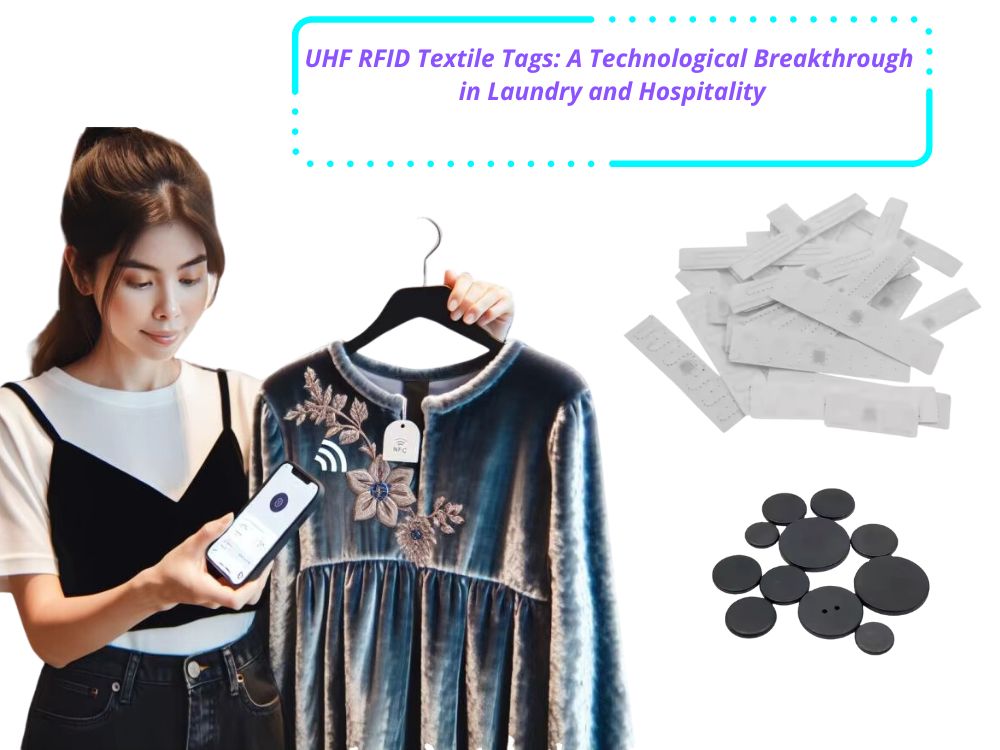
Conclusion: The Future of RFID in Textiles
The development of the UbiTEX 1358 textile tag represents a significant advancement in RFID technology for the laundry and hospitality industries. Its compact design, combined with advanced features like AutoTune and Enduro pads, makes it a robust and reliable solution for tracking linens and uniforms. As more companies adopt this technology, the benefits of RFID in textiles will become increasingly apparent, leading to more efficient operations and better inventory management. With its proven performance in beta testing, the UbiTEX 1358 tag is poised to become a standard in the industry, helping businesses streamline their processes and improve their bottom line.
Comments
Hot Products
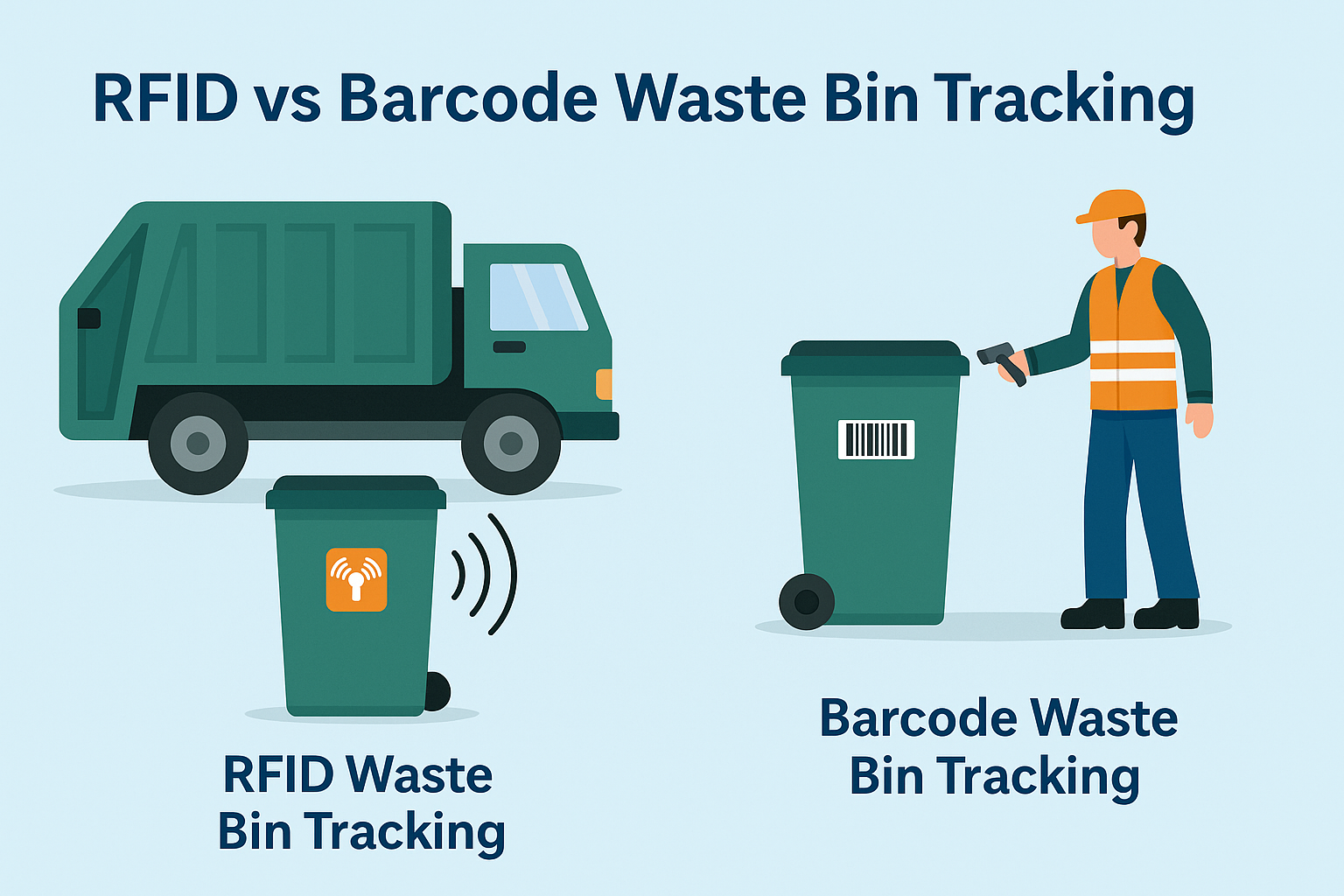
What Is RFID Waste Management
Imagine a city where every trash bin speaks — not literally — but through a tiny chip that tells the system when it’s full, when it’s emptied, and where it went. That’s what RFID waste management is doing today.
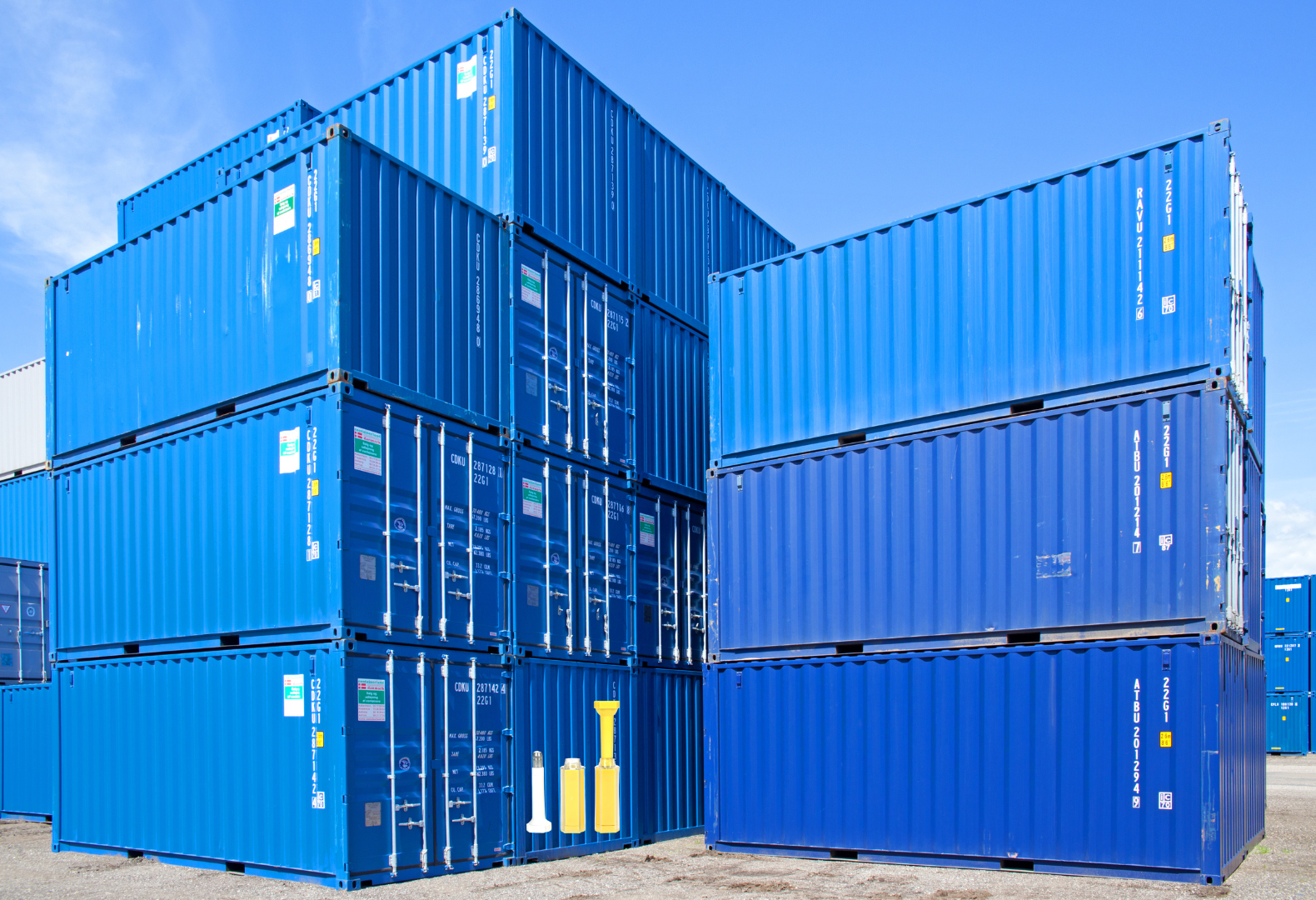
What are Bolt Seals and their Applications? | Complete Guide
In global trade and logistics, bolt seals play a crucial role in ensuring cargo security and compliance. These small but powerful devices are designed to lock shipping containers, trailers, and cargo doors with a tamper-evident mechanism.
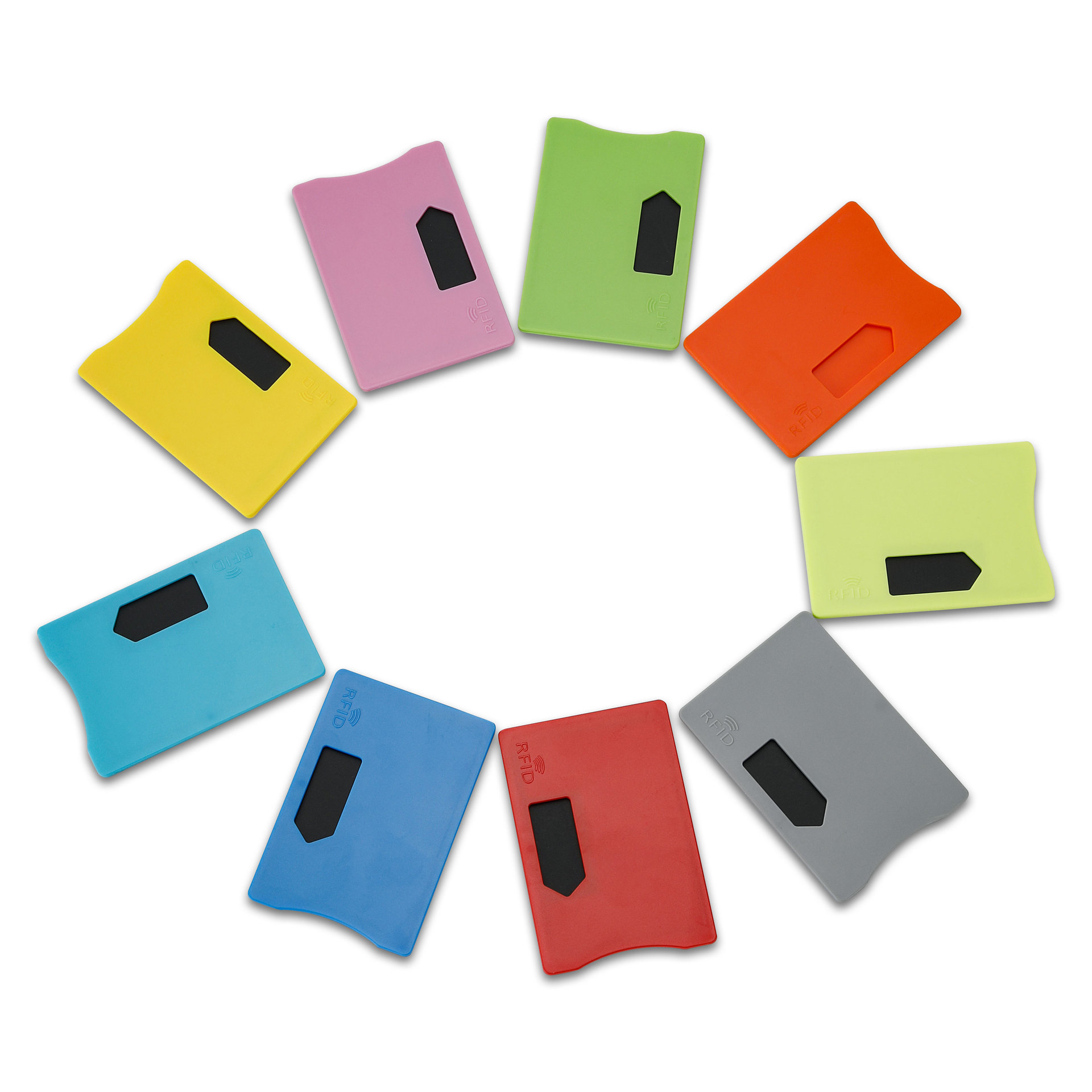
What is an RFID Card Protector? Benefits, Use Cases, and Buying Guide
RFID technology (Radio Frequency Identification) is everywhere: in your credit cards, ID badges, transit passes, hotel room keys, and more. It offers speed and convenience, but it also opens the door to a new kind of digital theft called “skimming.” That’s where an RFID card protector comes in.

RFID Wristbands for Events: Bulk Buying Guide for Organizers
RFID wristbands for events are becoming the go-to solution for organizers who need faster entry, fraud prevention, and cashless payments at concerts, festivals, and sports venues. Unlike paper tickets or QR codes, these smart wristbands use embedded chips to streamline access, secure transactions, and improve the guest experience.
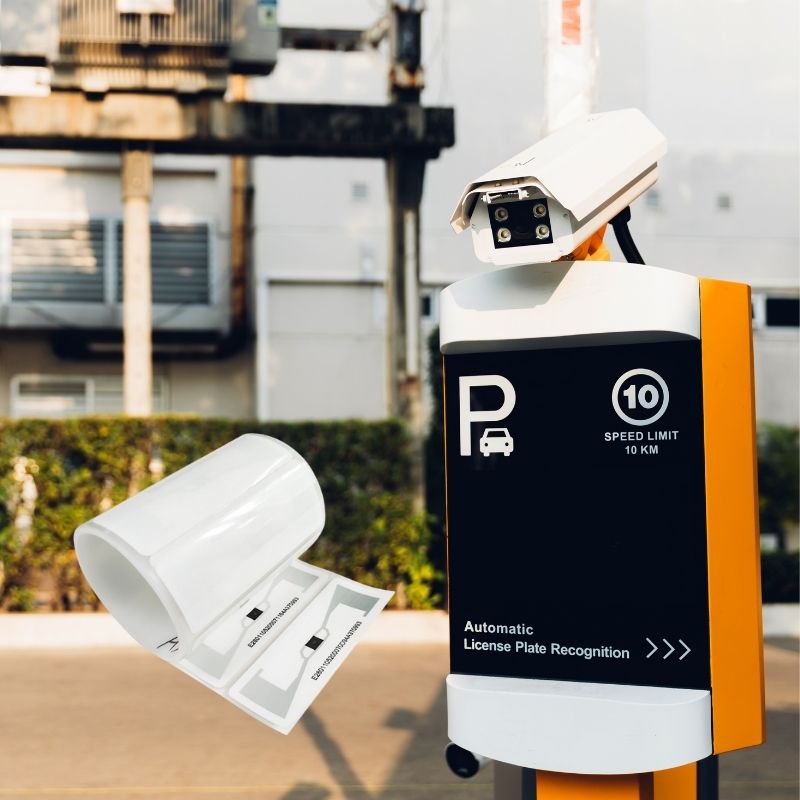
How RFID Tag on Windscreen Improves Vehicle Access Control and Toll Systems
In today’s fast-paced world, vehicle identification needs to be quick, secure, and contactless. An RFID Tag on the Windscreen provides exactly that — a reliable way to manage toll collection, parking, and gated access without stopping vehicles.
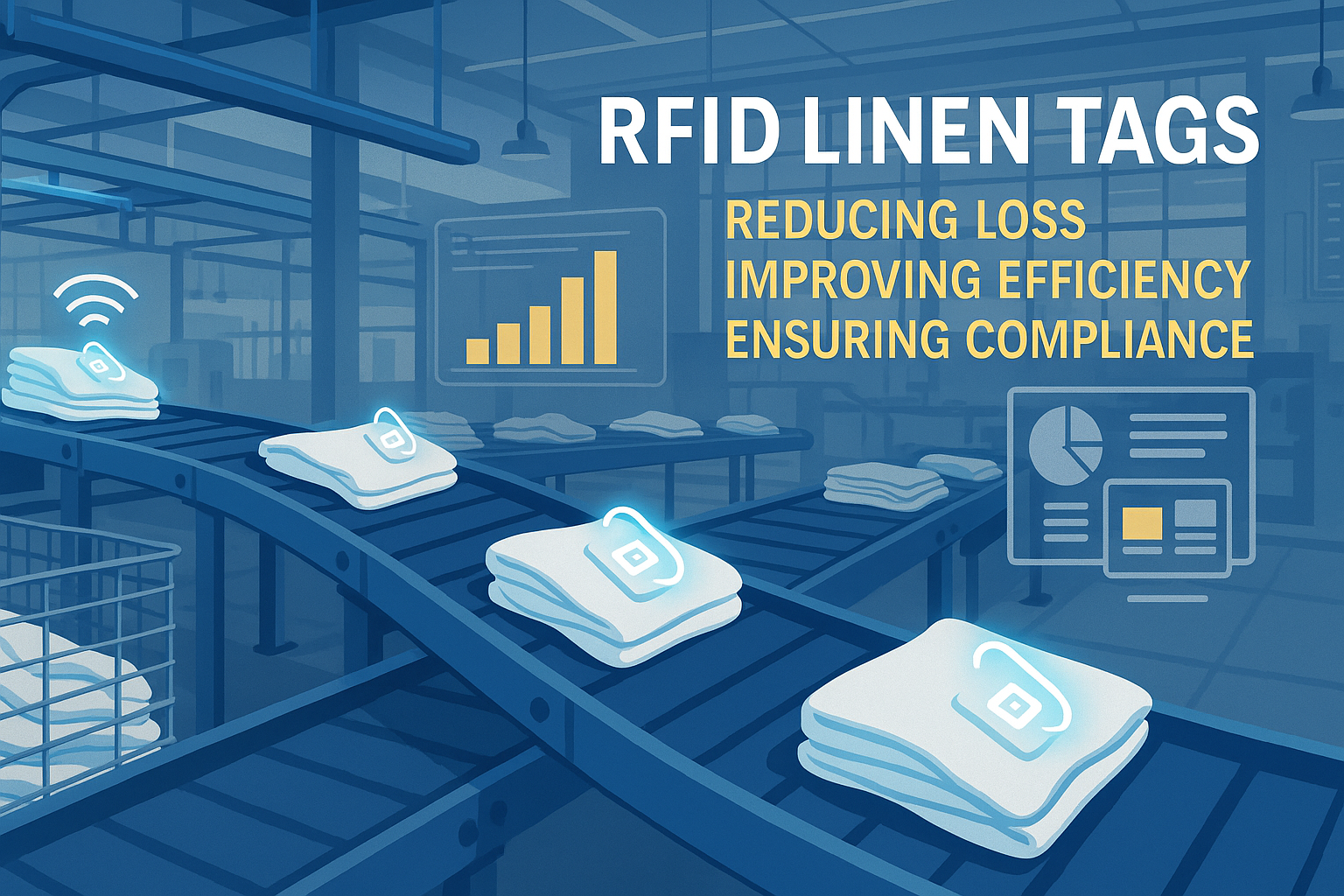
The Benefits of RFID Linen Tags in Commercial Laundry
Managing laundry in hospitals, hotels, or large laundry services is a big job. Each day, thousands of sheets, towels, and uniforms are washed, sorted, and sent back out. But problems like lost linens, sorting mistakes, and manual counting can cost companies a lot of money. For example, mid-sized hotels can lose over $200,000 each year from missing linens.
That’s where RFID Linen Tags come in.
Tags
RELATED BLOGS

What Is RFID Waste Management
Imagine a city where every trash bin speaks — not literally — but through a tiny chip that tells the system when it’s full, when it’s emptied, and where it went. That’s what RFID waste management is doing today.

What are Bolt Seals and their Applications? | Complete Guide
In global trade and logistics, bolt seals play a crucial role in ensuring cargo security and compliance. These small but powerful devices are designed to lock shipping containers, trailers, and cargo doors with a tamper-evident mechanism.

What is an RFID Card Protector? Benefits, Use Cases, and Buying Guide
RFID technology (Radio Frequency Identification) is everywhere: in your credit cards, ID badges, transit passes, hotel room keys, and more. It offers speed and convenience, but it also opens the door to a new kind of digital theft called “skimming.” That’s where an RFID card protector comes in.

